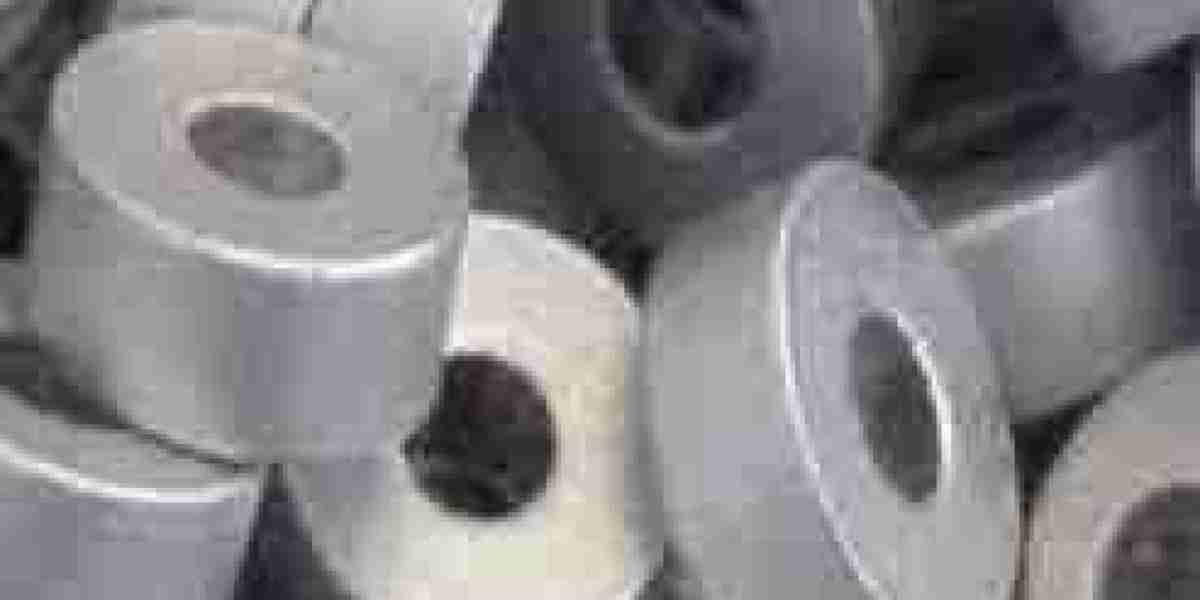The global Metal Packaging Coatings Market is witnessing a significant upswing, driven largely by rapid urbanization and the growing consumption of processed food products. As cities expand and lifestyles shift toward convenience, the demand for packaged and ready-to-eat food items has risen sharply. This trend is directly impacting the metal packaging industry—and by extension, the coatings segment that ensures safety, durability, and shelf appeal of metal containers.
Metal packaging coatings, which include internal and external protective layers applied to cans, aerosol containers, closures, and tubes, play a critical role in preserving food quality, preventing corrosion, and enhancing brand presentation. With the processed food sector experiencing robust global growth, coatings that offer functionality, compliance, and aesthetic appeal are increasingly in demand.
Urbanization Drives Packaging Demand
Urbanization is one of the most powerful megatrends shaping global markets. According to the United Nations, nearly 70% of the world's population is expected to live in urban areas by 2050, up from 56% in 2021. This migration to cities is altering consumption patterns dramatically. Urban consumers tend to favor convenience, portability, and long shelf-life—characteristics best delivered by processed and packaged foods.
In this context, metal packaging, especially tinplate and aluminum cans, offers a reliable and sustainable solution. It is robust, stackable, recyclable, and provides excellent barrier protection. However, without high-performance coatings, these containers would not be suitable for many food products. Coatings prevent interaction between the metal and the contents, ensuring flavor preservation, safety, and visual appeal.
Urban growth has also led to the proliferation of supermarkets, convenience stores, and online food delivery services, all of which rely heavily on processed and packaged goods. This ecosystem further fuels the demand for metal packaging coatings, particularly those that can withstand acidic or oily contents, thermal processing, and transportation stress.
Processed Food Boom: A Catalyst for Innovation
The processed food industry is expanding rapidly across the globe. From canned vegetables and soups to carbonated beverages and pet food, the demand for convenience foods is on the rise. This surge is especially prominent in emerging markets like India, China, Brazil, and Indonesia, where rising incomes, urban migration, and changing dietary habits are reshaping food consumption.
Metal cans remain a popular choice for processed foods due to their superior barrier properties and recyclability. But to maintain the integrity of these products, advanced coatings are required. These coatings must be resistant to chemical reactions, prevent corrosion, and remain stable under extreme processing conditions such as retort sterilization.
To meet these requirements, manufacturers are developing coatings with enhanced chemical resistance, flexibility, and food safety compliance. Polyester, acrylic, and oleoresin-based coatings are being refined to replace traditional epoxy-based coatings, many of which contain bisphenol A (BPA). The shift toward BPA-free solutions is not only driven by safety concerns but also by growing consumer and regulatory demands.
Regional Demand Patterns and Market Expansion
While North America and Europe have traditionally dominated the metal packaging coatings market, Asia-Pacific is emerging as the most dynamic region. Countries like China and India are experiencing an explosion in urban population and a corresponding rise in processed food demand. China, in particular, is a major consumer and producer of metal cans for food and beverage applications.
In Southeast Asia, urban growth is accompanied by an expanding middle class with greater purchasing power and evolving dietary preferences. The need for packaged foods in smaller, single-use portions—ideal for nuclear families and urban dwellers—is rising, propelling demand for metal containers with reliable and safe coatings.
Latin America and the Middle East are also witnessing an uptick in processed food production, supported by growing urban centers and infrastructure investments. As multinational food companies expand operations in these regions, they bring with them higher standards for packaging quality, driving demand for advanced metal coatings.
Technological Advancements in Coating Formulations
The booming demand for metal packaging in processed foods has catalyzed innovation in coating technologies. Today's coatings must meet multiple criteria—safety, compliance, performance, and sustainability. This has led to the development of BPA-free alternatives, low-VOC (volatile organic compound) formulations, and water-based systems.
Moreover, coatings are being designed to withstand high temperatures used in sterilization processes, maintain adhesion during mechanical handling, and support high-speed production lines. Smart coatings, which change color or provide traceability features, are also being explored as value-added innovations.
Some companies are leveraging nanotechnology to improve barrier properties, while others are investing in UV-curable and powder coatings that reduce curing time and environmental impact. These technologies not only improve performance but also align with the food industry’s growing sustainability goals.
Sustainability and Recycling Trends
Urban consumers and regulatory bodies alike are increasingly focused on sustainability. Metal packaging has a strong advantage here due to its recyclability and long-standing presence in circular economy models. However, the coatings used on these containers must also be environmentally responsible.
Coating manufacturers are responding by developing formulations that do not interfere with metal recycling processes and comply with environmental regulations like REACH (EU) and the Toxic Substances Control Act (US). Companies that can provide high-performing coatings with minimal ecological footprint are gaining a competitive edge.
Outlook: A Market on the Rise
The future of the metal packaging coatings market is intrinsically linked to ongoing urbanization and dietary modernization trends. As more people move into cities and adopt time-saving lifestyles, the need for reliable, safe, and sustainable food packaging solutions will continue to grow.
Coating manufacturers that can innovate quickly, comply with global food safety standards, and support environmentally friendly packaging will be well-positioned to thrive. Strategic investments in R&D, partnerships with food processors, and regional expansion into high-growth urban centers will define success in the years to come.
In conclusion, the metal packaging coatings market is not only keeping pace with global urbanization and processed food demand—it is actively evolving to meet the complex needs of a changing world.




